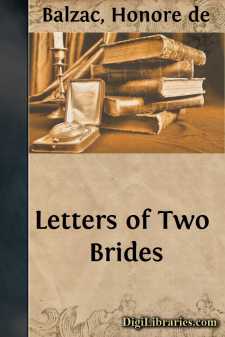Categories
- Antiques & Collectibles 13
- Architecture 36
- Art 48
- Bibles 22
- Biography & Autobiography 816
- Body, Mind & Spirit 145
- Business & Economics 28
- Children's Books 17
- Children's Fiction 14
- Computers 4
- Cooking 94
- Crafts & Hobbies 4
- Drama 346
- Education 58
- Family & Relationships 59
- Fiction 11834
- Foreign Language Study 3
- Games 19
- Gardening 17
- Health & Fitness 34
- History 1378
- House & Home 1
- Humor 147
- Juvenile Fiction 1873
- Juvenile Nonfiction 202
- Language Arts & Disciplines 89
- Law 16
- Literary Collections 686
- Literary Criticism 179
- Mathematics 13
- Medical 41
- Music 40
- Nature 179
- Non-Classifiable 1768
- Performing Arts 7
- Periodicals 1453
- Philosophy 66
- Photography 2
- Poetry 897
- Political Science 203
- Psychology 45
- Reference 154
- Religion 516
- Science 126
- Self-Help 85
- Social Science 82
- Sports & Recreation 34
- Study Aids 3
- Technology & Engineering 59
- Transportation 23
- Travel 463
- True Crime 29
Our website is made possible by displaying online advertisements to our visitors.
Please consider supporting us by disabling your ad blocker.
The Lesser Bourgeoisie
by: Honore de Balzac
Categories:
Description:
Excerpt
CHAPTER I. DEPARTING PARIS
The tourniquet Saint-Jean, the narrow passage entered through a turnstile, a description of which was said to be so wearisome in the study entitled "A Double Life" (Scenes from Private Life), that naive relic of old Paris, has at the present moment no existence except in our said typography. The building of the Hotel-de-Ville, such as we now see it, swept away a whole section of the city.
In 1830, passers along the street could still see the turnstile painted on the sign of a wine-merchant, but even that house, its last asylum, has been demolished. Alas! old Paris is disappearing with frightful rapidity. Here and there, in the course of this history of Parisian life, will be found preserved, sometimes the type of the dwellings of the middle ages, like that described in "Fame and Sorrow" (Scenes from Private Life), one or two specimens of which exist to the present day; sometimes a house like that of Judge Popinot, rue du Fouarre, a specimen of the former bourgeoisie; here, the remains of Fulbert's house; there, the old dock of the Seine as it was under Charles IX. Why should not the historian of French society, a new Old Mortality, endeavor to save these curious expressions of the past, as Walter Scott's old man rubbed up the tombstones? Certainly, for the last ten years the outcries of literature in this direction have not been superfluous; art is beginning to disguise beneath its floriated ornaments those ignoble facades of what are called in Paris "houses of product," which one of our poets has jocosely compared to chests of drawers.
Let us remark here, that the creation of the municipal commission "del ornamento" which superintends at Milan the architecture of street facades, and to which every house owner is compelled to subject his plan, dates from the seventeenth century. Consequently, we see in that charming capital the effects of this public spirit on the part of nobles and burghers, while we admire their buildings so full of character and originality. Hideous, unrestrained speculation which, year after year, changes the uniform level of storeys, compresses a whole apartment into the space of what used to be a salon, and wages war upon gardens, will infallibly react on Parisian manners and morals. We shall soon be forced to live more without than within. Our sacred private life, the freedom and liberty of home, where will they be?—reserved for those who can muster fifty thousand francs a year! In fact, few millionaires now allow themselves the luxury of a house to themselves, guarded by a courtyard on a street and protected from public curiosity by a shady garden at the back.
By levelling fortunes, that section of the Code which regulates testamentary bequests, has produced these huge stone phalansteries, in which thirty families are often lodged, returning a rental of a hundred thousand francs a year. Fifty years hence we shall be able to count on our fingers the few remaining houses which resemble that occupied, at the moment our narrative begins, by the Thuillier family,—a really curious house which deserves the honor of an exact description, if only to compare the life of the bourgeoisie of former times with that of to-day....












